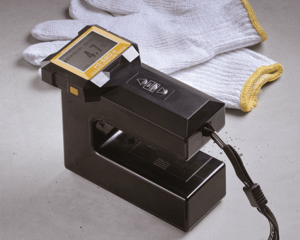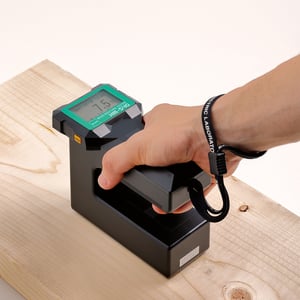 Curling in packaging can be a big problem. The question of how to prevent curling in package labels is difficult but there are several options if you are facing this issue.
Curling in packaging can be a big problem. The question of how to prevent curling in package labels is difficult but there are several options if you are facing this issue.
To work out how to answer the question of how to prevent curling, we have to first understand the cause. I turned to TAPPI to tap into more information on the topic and can recommend them as a great source of information.
The major contributor to the problem of paper and/or label curling is moisture.
Overall, moisture and the curling effect can be attributed to the always changing rate of humidity in the air. Because materials such as paper themselves contain moisture, the balance between paper/packaging moisture and the ambient humidity has to be just so. Humidity is largely climate related and in conditions where there are extreme fluctuations in weather conditions, we would expect to see a higher rate of curling, particularly if very specific handling procedures have not been followed.
Paper is porous and as such will absorb humidity or expel it to adapt to the surroundings. This is where curl occurs. Curling will cause the flatness of the paper to be compromised and therefore the print run to be greatly affected. Curling results in a big loss to the paper mill, printer and/or the product manufacturer.
The prevention of moisture related curling can be achieved in a variety of ways though.
We have put together 6 simple tips for you to achieve the most optimum conditions to prevent curling in packaging:
- Maintain a relative air humidity of 50%, or as close to this as possible.
- Install controlled air conditioning wherever pulp and paper materials are handled and stored.
- Allow all materials to acclimate.
- Correctly store all materials in a designated dry and temperature controlled storage room before printing.
- Unwrap the paper only at the optimum time before printing.
- Ensure relaxation of final ink and coating cure via resting the final printed sheets if applicable.
In short though, these points can be broken down into one vital point. It is critical with package labels to always ensure perfect equilibrium between the humidity of the paper materials and that of the surrounding air at the production, printing and finishing point.
All of these production points can, of course, be optimized for correct moisture content in the pulp and paper materials used by implementing a system for absolute moisture measurement.
This is where the use of a portable handheld moisture meter suitable for materials such as pulp and paper should be used at all points along the manufacturing, converting and packaging/labelling process. The implementation of more stringent quality control at all production points will provide instant results for your team to assess the potential for curl due to moisture mismatches.
A good number of our customers have substantially reduced or even eliminated curl by utilizing some of our instant moisture analyzers to help them identify problem areas before the end-product is negatively affected.
Articles You May Also Find Helpful:
NIR Moisture Meters: Desktop v's Handheld Which One Is Right For You
Download The Free Comprehensive Guide To Accurate and Reliable Moisture Measurement
How Do I Calculate The ROI When Purchasing a Moisture Meter


